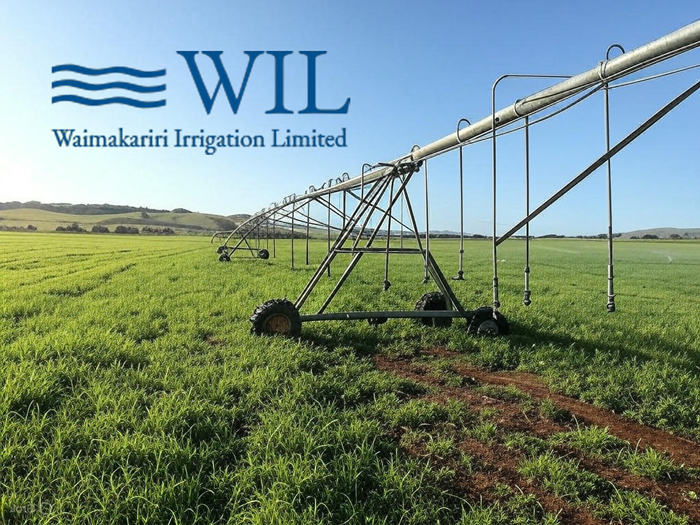Irrigation Scheme case study by Waimakariri Irrigation Ltd
Waimakariri Irrigation Ltd (WIL) is one of the largest run-of-river schemes in the South Island, supplying water for irrigation to farms between the Waimakariri River and the Ashley River / Rakahuri. WIL holds a nutrient discharge consent with Environment Canterbury covering a total area of 32,000 hectares. As part of this consent, all farms within the scheme must have a Farm Environment Plan (FEP).
With over 200 shareholders within the scheme, most of whom are large-scale farm entities, WIL faces the challenge of monitoring and maintaining a considerable number of FEPs. With regulation and reporting requirements continuing to evolve, the challenge was how to reduce the work involved in collating and sharing farmer compliance information while at the same time increasing the utility and value of the data collected.
WIL partnered with QCONZ and used their FWFP planning tool designed to simplify compliance while maximizing the value of collected data. Initially, WIL had a few reservations about whether the system could meet their needs.
“I was initially a bit sceptical that QCONZ could do everything they said they could, given they were cutting new ground here. But we have seen them in action, they’ve managed to erase that doubt and have been working hard on improving the system,” says Ben Howden, Environmental Manager for WIL. “We wanted a tool that was accepted by the Regional Council, was able to simplify plan preparation, and was user friendly for anyone that required access to the plan.”
Having a shared cloud-based farm planning tool that farmers can easily use and allows WIL to access farmers’ plans and aggregate data for reporting is a big benefit, Ben says.
David Deacon is the Chief Information Officer for WIL. He had been looking for a new system to record and track farmer plan compliance because their current system needed replacing. It was old technology, and it couldn’t do many of the things they needed. “We work with Waterforce, and they introduced us to QCONZ. We didn’t know anything about QCONZ’s capabilities. We talked to them for a while and saw they were good listeners and willing to make changes we needed, so decided to go ahead with a pilot. That went well and we saw the platform continually improve based on our feedback, so we decided to roll it out with all our members. We are up to about 45 of our farms that are being brought on to use the QCONZ FWFP tool and expect to have them all using it by the end of next year.”
“Anything that makes our job easier and the farmer’s job easier, is a good thing,” David says.
